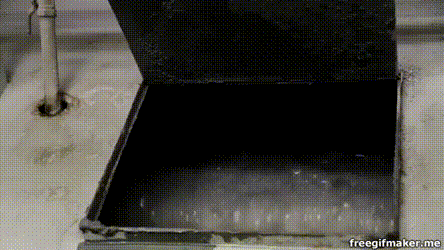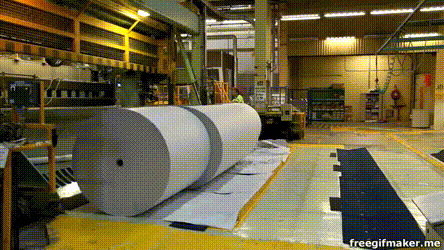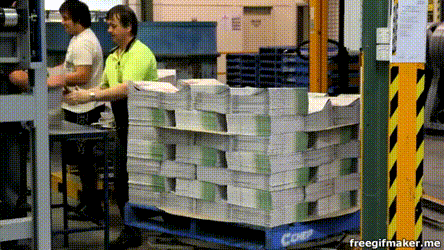老鼠记者第二本相关知识:How a newspaper is made
2019-12-13 15:50:08
Have you ever thought about the long and complex journey a newspaper takes to get to your hands in the morning?
Paper may grow on trees, but newspapers need a lot more work before they’re ready to hit newsstands around the country, bringing quality journalism and insightful commentary to readers everywhere.
Step 1: New and old materials
Sustainably-grown timber is used to make the paper that makes up the newspapers you see in news agencies around Australia.
Plantation pine has its fibres separated in a process called refining, where two plates of metal crush the wood and release the fibres. The wood comes principally from forest thinnings, and leftovers from harvesting plantations grown for housing and furniture.
In addition to fresh timber, recovered fibres are separated during pulp production by simply stirring the old newspapers together with old magazines in a mixing tank called a pulper.

The reuse of these materials allows for waste to be diverted from landfill and reduce the amount of new timber that needs to be used. In addition, pulp production based on recovered paper consumes less energy than production from raw materials because the fibres in recovered paper are more easily separated than those within wood.
The wood fibres that make up newspapers and magazines can be recycled back into paper up to six times, significantly reducing the amount of energy and materials used.
Step 2: De-inking
Recycled fibres from the pulper are then de-inked by blowing air bubbles through the liquid pulp. The ink sticks to clay that comes from the magazine paper. These clay particles then stick to the air bubbles and float off the recycling pulp in the de-inking tank.
Recycled fibres and the clay that comes from magazine paper both make a smoother newspaper sheet, which means as much as one-third less ink is needed for printing. It also means the paper is more opaque and we can use thinner sheets of newsprint. This has helped lead the industry to the use of 45 gsm and even 42 gsm newsprint as the standard, down 7 percent from the newsprint used previously.
Step 3: Making new paper
Now the pulp needs to be turned into usable paper for printing the newspapers.
In the paper machine, the pulp passes along a web, firstly through a wet section, then a press section and finally through a drying section.
Step 4: Preparing the paper for printing
Once the paper is dry, it is rolled up on reels and then cut to the sizes ordered by publishers.

Out thin sheets and their ability to be rolled in this way reduces the cost of transport, handling, and printing. Fewer rolls are required for this thinner style of paper, reducing wrapper and roll waste by 7 percent.
Step 5: Printing
You may be wondering what makes newsprint any different to regular paper, such as the stuff you put in your photocopier.
Newsprint is the preferred material of the industry for two important reasons: the cost of newsprint is fairly low, and it’s strong enough to survive the printing process intact.
Printing newsprint today involves high-speed printing presses connected to a computer. These modern presses can simultaneously print both sides of a piece of newsprint.
Unless the paper is only being printed in black and white, a four-colour printing process is used to produce the images, font colours and advertisements that are found on the pages of the newspaper. This printing technique is favoured because it produces a good-quality product at an affordable cost for the publisher.
Information is printed using non-hazardous inks.
Step 6: Folding
Now the pages have been printed, they need to be organised into the actual newspaper that will be sent out to readers. Nowadays, all of this is done by machines, but spare a thought for the days when all of this would have been done by hand!
Step 7: Distribution
The finished copies of the newspapers are bundled up and put into trucks to be delivered to news agencies, newsstands, and other retailers.

